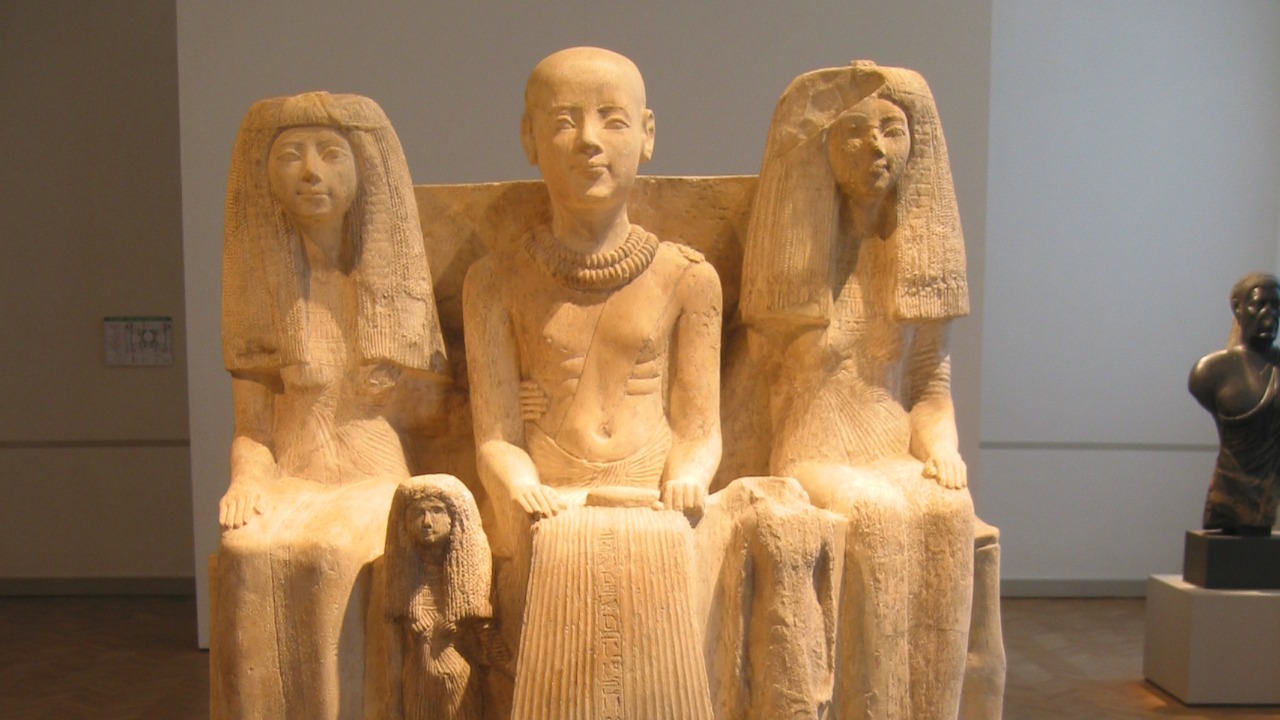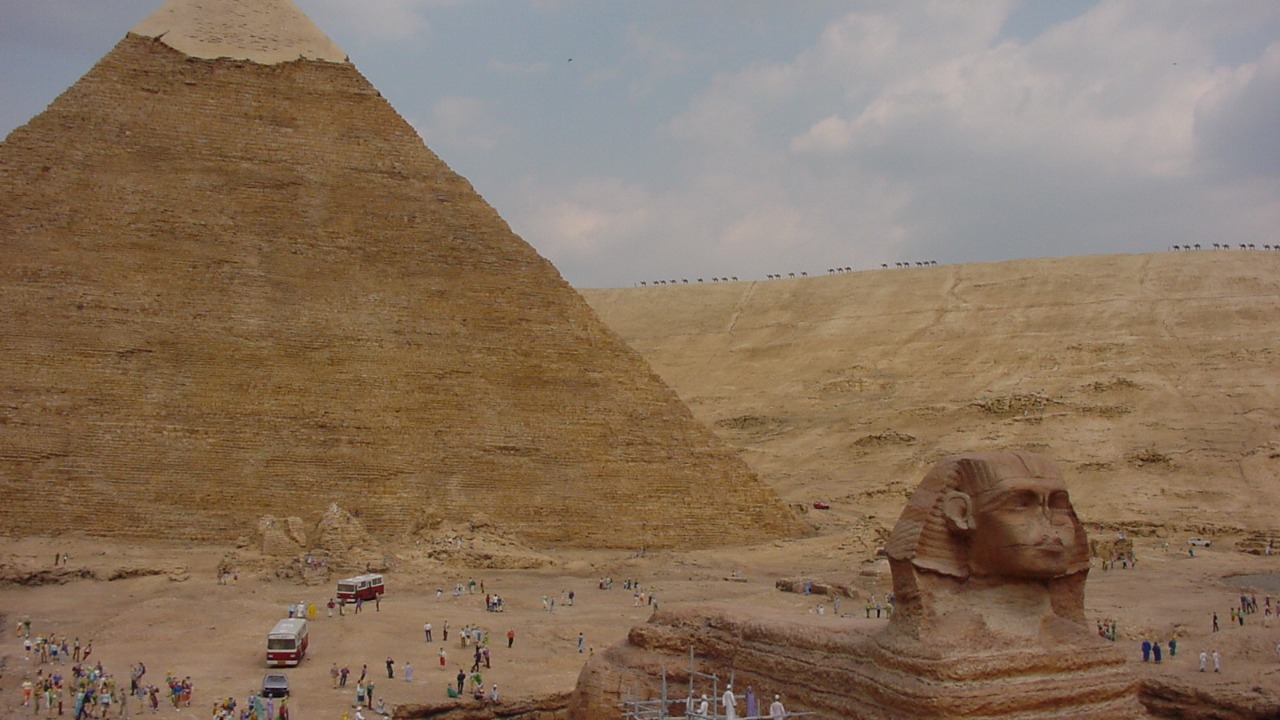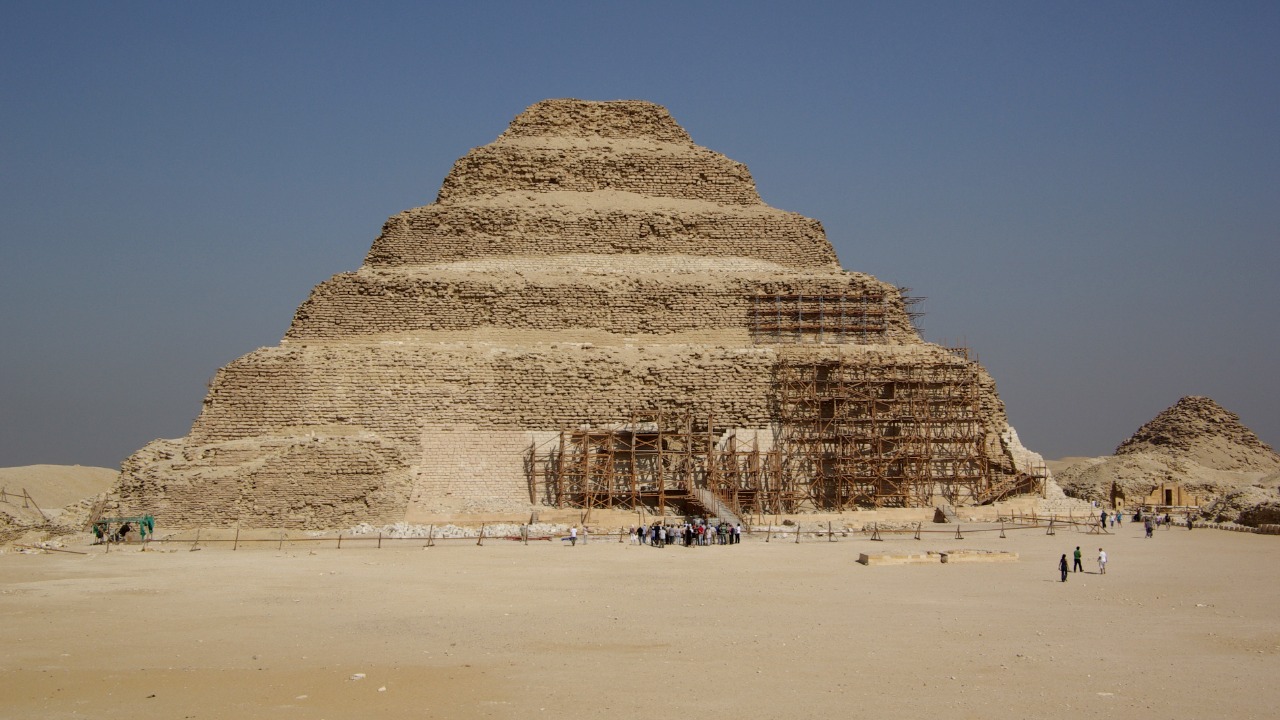
Archaeologists have made a groundbreaking discovery at the Saqqara necropolis, unearthing a unique Ancient Egyptian statue that stands out as the only known example from the Old Kingdom. This statue, depicting a figure referred to as ‘Messi’ alongside his family, showcases remarkable detail and craftsmanship, offering new insights into the artistic and cultural practices of the time. The find has been reported as unprecedented, highlighting its significance in the study of Ancient Egyptian art and society.
The Discovery at Saqqara Necropolis

The Saqqara necropolis, a renowned archaeological site in Egypt, has once again proven to be a treasure trove of historical artifacts with the discovery of this unique statue. Located near the ancient capital of Memphis, Saqqara is known for its vast burial grounds and numerous pyramids, including the famous Step Pyramid of Djoser. The recent find adds to the site’s rich history, offering a glimpse into the lives and artistic expressions of the Old Kingdom era (Live Science).
This statue is particularly noteworthy as it is the only known example from the Old Kingdom that depicts a figure referred to as ‘Messi’ with his family. The level of detail in the statue is exceptional, capturing the likenesses and familial bonds in a way that is rarely seen in other artifacts from this period. The depiction of ‘Messi’ with his family provides a unique perspective on the social and familial structures of the time (Indian Defence Review).
Significance of the Statue

The statue’s unprecedented detail sets it apart from other known artifacts of the Old Kingdom. The intricate carvings and realistic portrayal of the figures suggest advanced artistic techniques and a deep understanding of human anatomy and expression. This level of craftsmanship indicates that the statue was likely commissioned by someone of significant status, reflecting the importance of family and lineage in Ancient Egyptian society (Indian Defence Review).
Family depictions in Ancient Egyptian art were not merely decorative; they held cultural and historical significance. Such representations were often used to convey messages about lineage, inheritance, and social status. The discovery of this statue provides valuable insights into these aspects, offering a tangible connection to the values and beliefs of the Old Kingdom period.
Archaeological and Historical Context

The Saqqara necropolis has long been a focal point for archaeologists due to its wealth of historical artifacts. Over the years, numerous significant discoveries have been made at the site, each contributing to our understanding of Ancient Egyptian civilization. The recent find of the ‘Messi’ statue adds to this legacy, offering new perspectives on the artistic and cultural practices of the Old Kingdom (Live Science).
The Old Kingdom, often referred to as the “Age of the Pyramids,” was a period of great architectural and artistic achievement in Egypt. The artistic legacy of this era is characterized by its monumental structures and detailed sculptures, which continue to captivate historians and archaeologists alike. Previous discoveries at Saqqara, such as the tombs of high-ranking officials and elaborate burial goods, have provided crucial insights into the social and political dynamics of the time.
Implications for Future Research

The discovery of the ‘Messi’ statue at Saqqara opens new avenues for archaeological research and exploration. It raises questions about the prevalence of similar statues or artifacts from the Old Kingdom that may yet be uncovered. Future excavations at Saqqara could potentially reveal more about the social and familial structures of Ancient Egypt, offering a deeper understanding of how these societies functioned and evolved over time.
This find also underscores the importance of continued archaeological work at Saqqara and similar sites. By uncovering and studying such artifacts, researchers can piece together the complex tapestry of Ancient Egyptian civilization, shedding light on the cultural and historical contexts that shaped one of history’s most fascinating eras.
Moreover, the discovery of the ‘Messi’ statue invites a reevaluation of existing collections and records from the Old Kingdom. Scholars may need to revisit previously unearthed artifacts with fresh perspectives, considering the possibility that similar statues might have been overlooked or misclassified. This could lead to a broader understanding of artistic trends and societal norms during this period, potentially altering the historical narrative of Ancient Egypt (Live Science).
In addition, the statue’s unique characteristics may inspire interdisciplinary studies, combining archaeology with fields such as anthropology and art history. These studies could explore the symbolic meanings behind the statue’s iconography and its implications for understanding the cultural identity of the Old Kingdom. By integrating different academic approaches, researchers can develop a more nuanced picture of Ancient Egyptian life, further enriching our comprehension of this ancient civilization (Indian Defence Review).